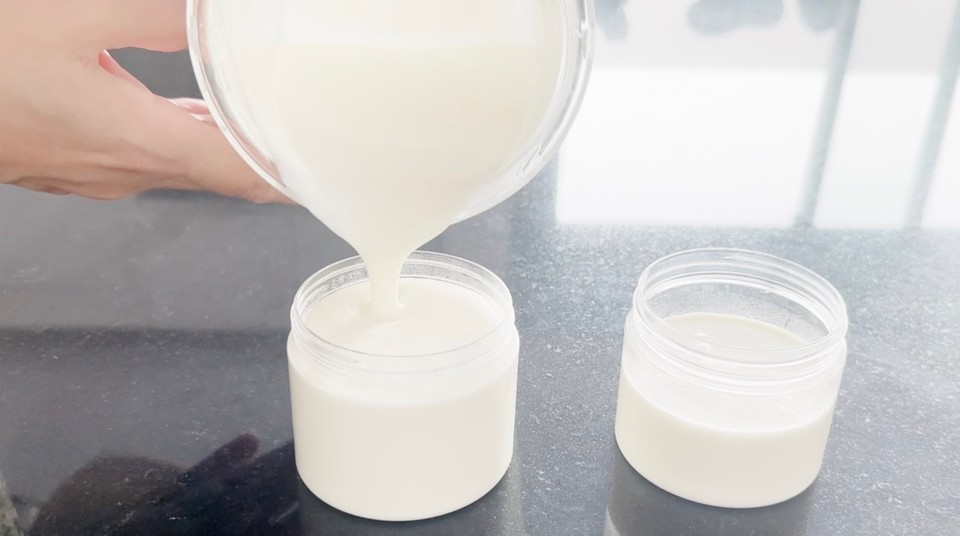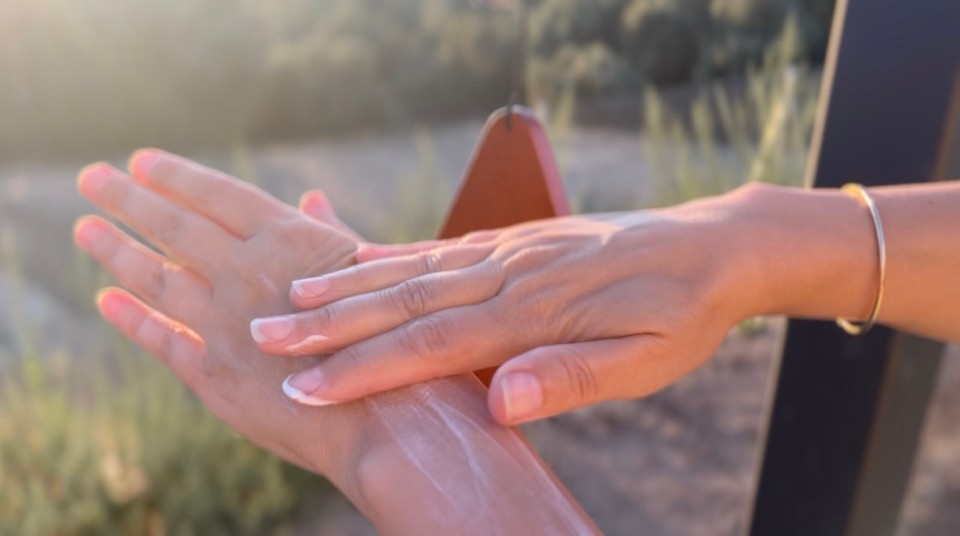All Purpose Cream
| Phase | Ingredient | Percent (%) | Weight (g) |
|---|---|---|---|
| Phase A | Distilled water | 64.7 | 64.7 |
| Glycerin | 6 | 6 | |
| Xanthan gum | 0.3 | 0.3 | |
| Phase B | Montanov ™ L (emulsifying wax) | 4 | 4 |
| Rice bran oil | 14 | 14 | |
| Mango butter | 3 | 3 | |
| Cetyl alcohol | 3 | 3 | |
| Phase C | Cosgard preservative | 0.8 | 0.8 |
| Vitamin E | 0.2 | 0.2 | |
| Calendula extract | 4 | 4 |
Summertime is the time for the beach, swimming pools and long walks. These fun activities are usually done in the open air, leaving the skin dry and dehydrated.
Summertime is also usually when I travel or visit family and friends, which leaves me less time to make ten different products for my skin. And also, I have less space to carry ten products for different uses. So, Summertime is when I make an all-purpose cream.
This type of cream will not be packed with many active ingredients. It is usually a simple formula that can be used on the body, hands and face.
Doing a patch test before you use new cosmetics products is essential. You should always consult your dermatologist if you have concerns or skin issues.
This type of cream will not be too thin, runny, heavy, or dense, something in the middle of the viscosity range.
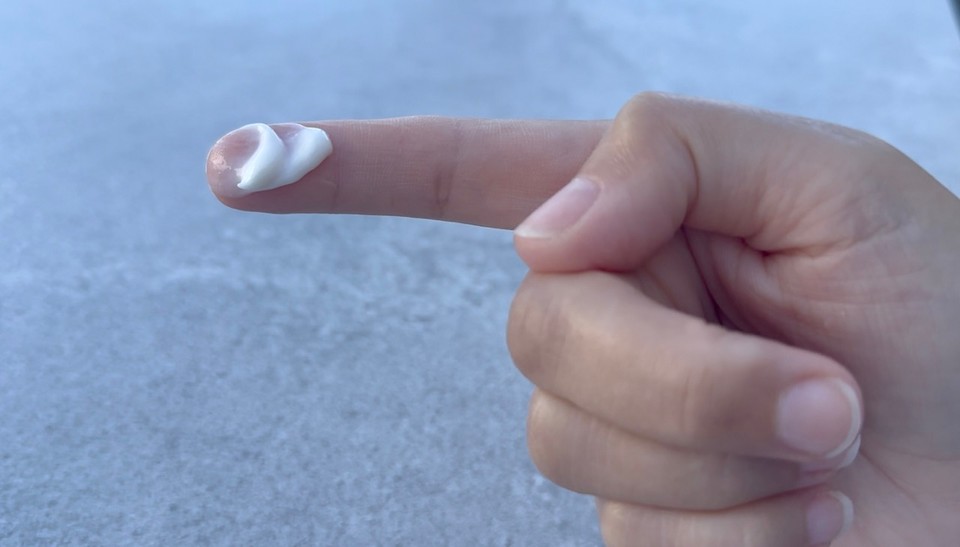
I prefer cream and not a lotion, which can be perfect for a dry body and hands but still not too greasy or heavy. The cream suits the face, especially if you have dry to normal skin.
If you have oily skin, I recommend this oil-free face cream.
You'll notice this is a simple recipe. You have one oil and one butter, which you can replace with others if you wish.
I prefer to leave only a few active ingredients in this formula since I aim to use this cream for different body parts.
If you have read my post about basic cream/lotion, you are familiar with the process and the basics of making an emulsion. This all-purpose cream should be very easy to adjust to the ingredients you have on hand.
Phase A is the water-based ingredients and includes the gum, humectant and distilled water.
You can replace the distilled water with aloe vera liquid or rose/geranium/neroli hydrosol. You can swap the glycerin with propanediol.
Phase B is the oil phase. I used rice bran oil as my liquid oil.
Rice bran oil is a natural oil extracted from rice grains' outer layer. It works as a moisturizer, anti-ageing agent, and brightener due to its antioxidants and vitamins.
You can use a different carrier oil, such as sweet almond, argan, safflower, hemp seed, apricot kernel, and grapeseed oil (if you’re using hemp seed oil don’t heat it with the oil phase. Hemp seed oil has a low boiling point so you should add the hemp seed oil to the mixture once you’ll take it off the heat).
I used mango butter which you can replace with shea butter, kokum butter or cupuacu butter.
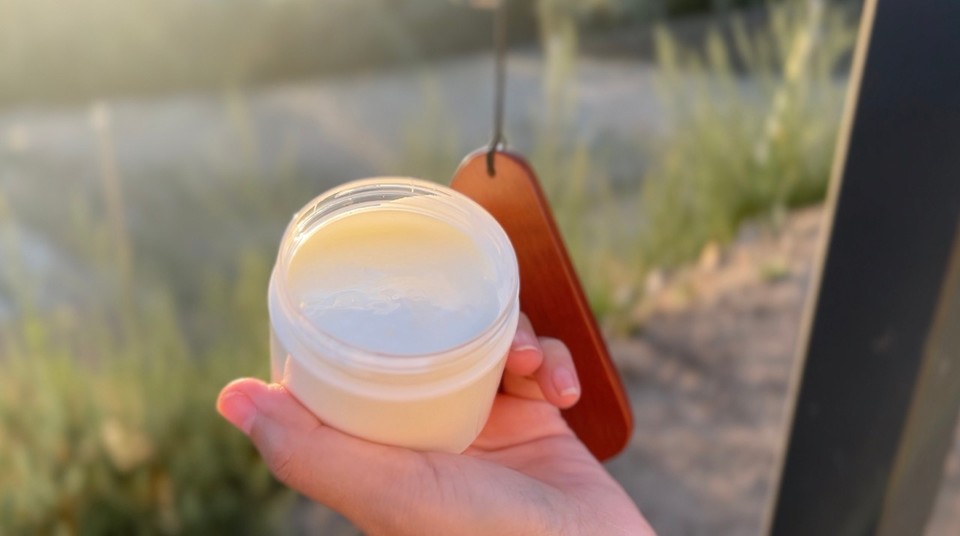
As a co-emulsifier, emollient and thickener, I used cetyl alcohol. You can replace it with cetearyl alcohol.
For my emulsifying wax, I used Montanov ™ L. Montanov ™ L is a non-ionic, oil-in-water (O/W) emulsifier based on natural and sustainable ingredients. It is approved by BDIH and ECOCERT and is 100% biodegradable.
Montanov L creates emulsions with smooth and light textures. Suitable for various applications such as aerosols (sprays), lotions, creams, body butter, and cleansing milk.
When using Montanov ™, the melting point is approx. 75°C. After combining the oil phase with the water phase, you need to use a high-speed blender or homogenizer for 3-4 minutes to create a stable emulsion.
You can use other emulsifying wax, considering that each emulsifying wax has other properties and will result in different texture/viscosity in the final product.
You can use emulsifying waxes: Olivem1000, Polawax™, or Glyceryl Stearate (and) PEG-100 Stearate.
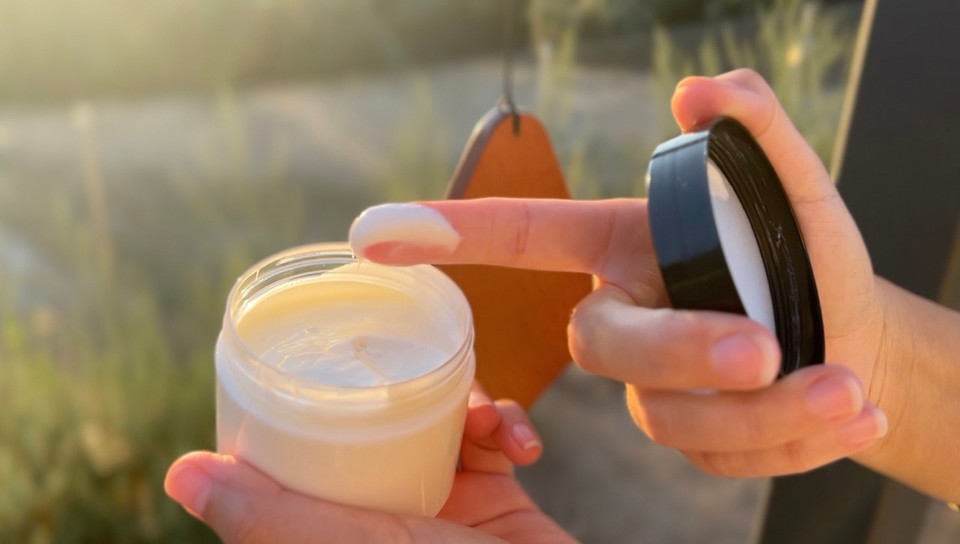
For the cool-down phase, I used calendula extract, which you can replace with cucumber extract, oat extract, aloe vera extract, centella asiatica extract, green tea extract, or arnica extract.
You can skip the extract and add this amount to the distilled water.
Also, I added vitamin E in phase C (the cool-down phase). Vitamin E has antioxidant properties. If you don't have vitamin E, use jojoba oil, green tea extract or skip it and add the amount to the carrier oil.
This formula is for an unscented cream. By not adding fragrance, I can use it on my face when my skin is very irritated and I need something gentle and hydrating to calm my skin.
If you prefer a scented cream, add 1% of fragrance oil or skin-safe essential oil such as lavender, geranium or neroli. When adding 1% fragrance oil to the formula, you need to adjust the formula and reduce 1% from the distilled water.
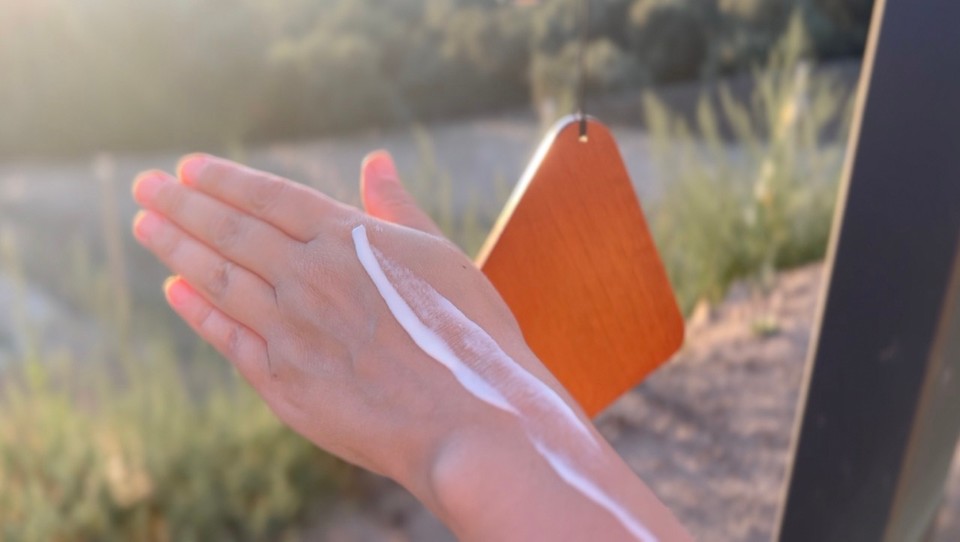
For my preservative, I used Cosgard (INCI: Benzyl Alcohol, Dehydroacetic Acid, Aqua). You can use other cosmetic preservatives, but as always, read the supplier's instructions and use them accordingly. If you need to increase the percentage of the preservative, reduce this amount from the distilled water and vice versa.
In the video, I made a big batch of this cream. Use the calculator to choose the amount you want to make.
If you make this recipe with the same ingredients, your final PH will be 6 without adjusting. If you change some ingredients and need to adjust the PH, please read this post about PH adjustments in cosmetics.
Method:
Start by sanitizing your tools and containers. After washing everything with soap and water, spray your tools and containers with rubbing alcohol (isopropyl alcohol). I am using 70% isopropyl alcohol.
In a heat-resistant beaker, add the water phase ingredients. Start with the gum and glycerin. Make a slurry by combining the glycerin and the gum, then add the distilled water.
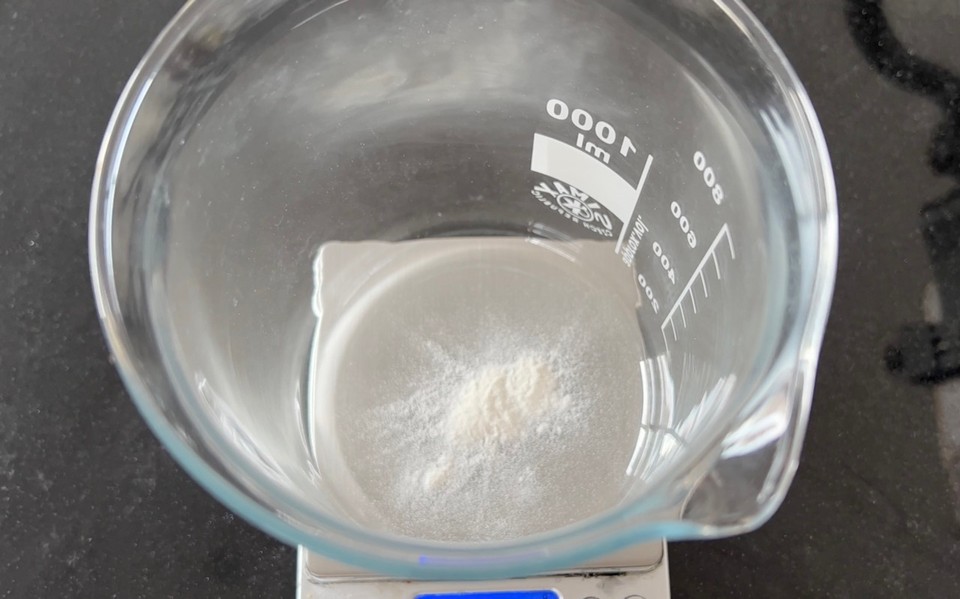
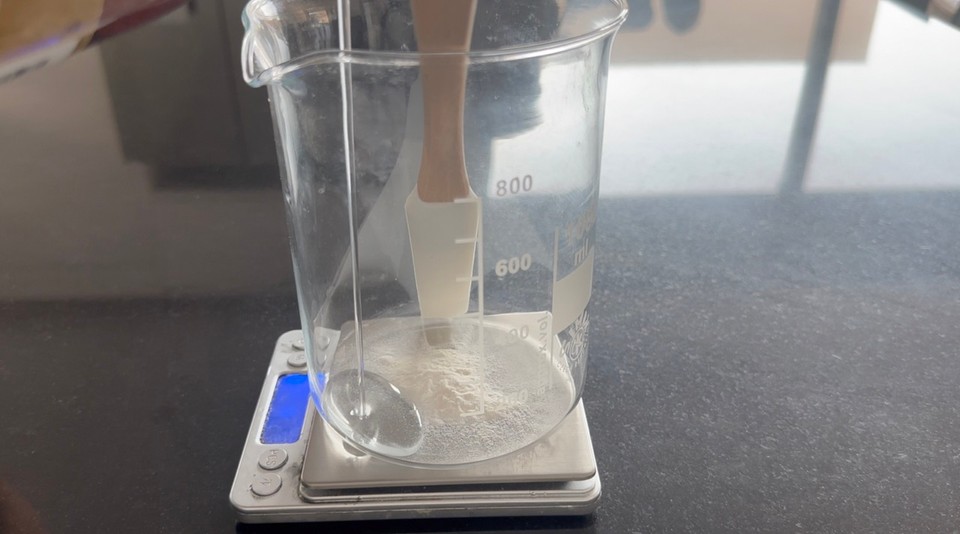
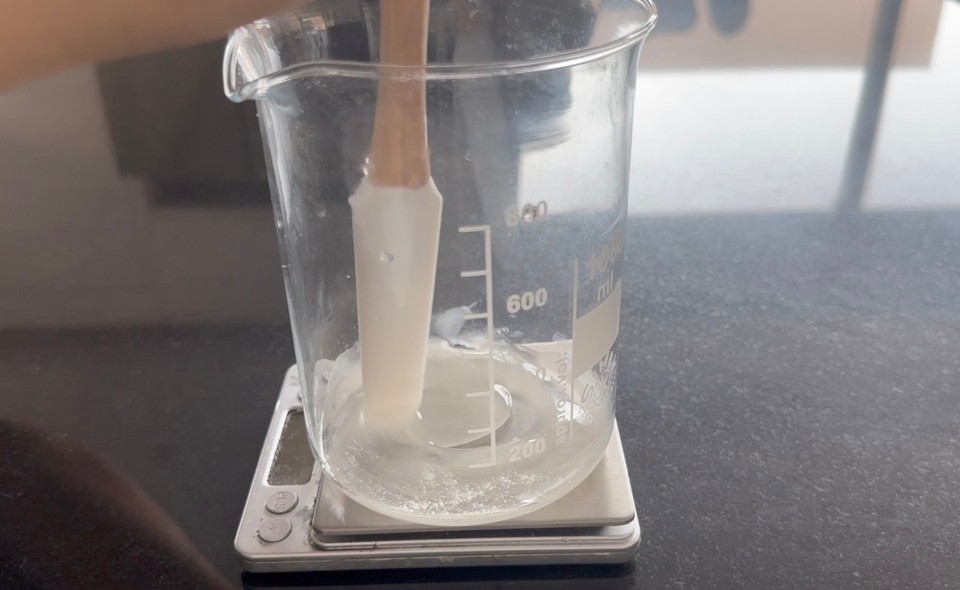
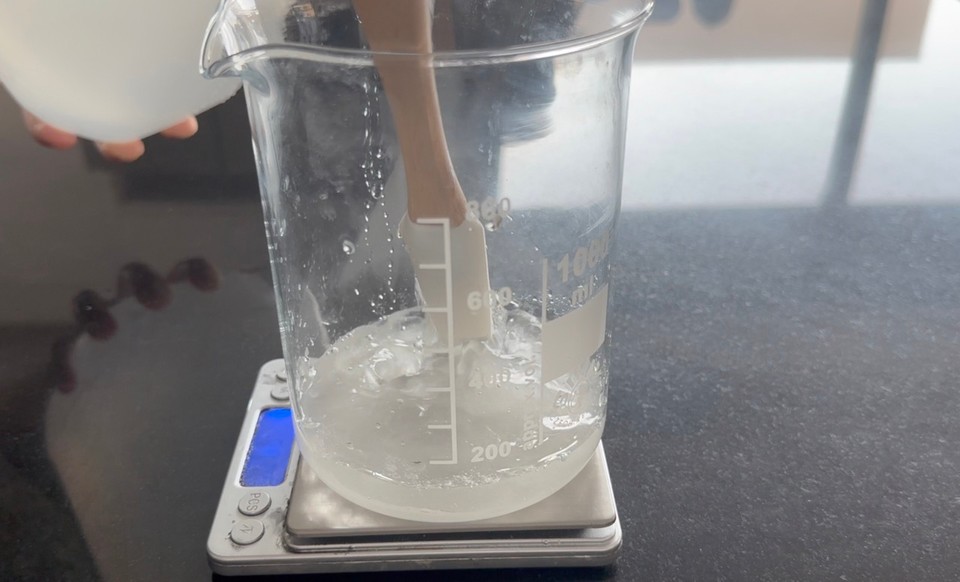

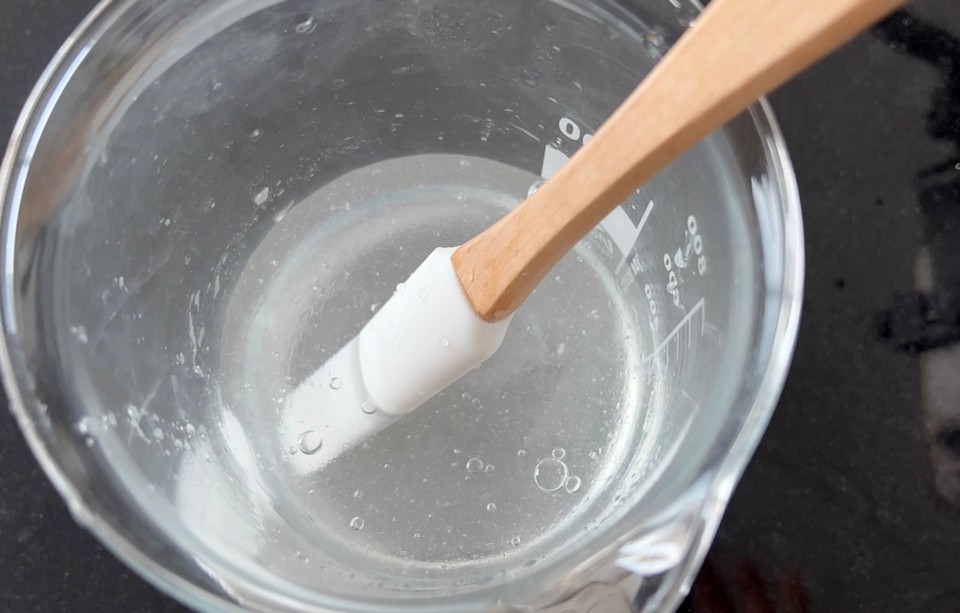
You can cover the water phase beaker to minimize water evaporation (when working with bigger batches, you should scale your water phase before heating and after removing it from the heat. Calculate the water evaporated during the heating and add the missing amount to the water phase beaker).
In another heat-resistant beaker, add the oil phase ingredients.
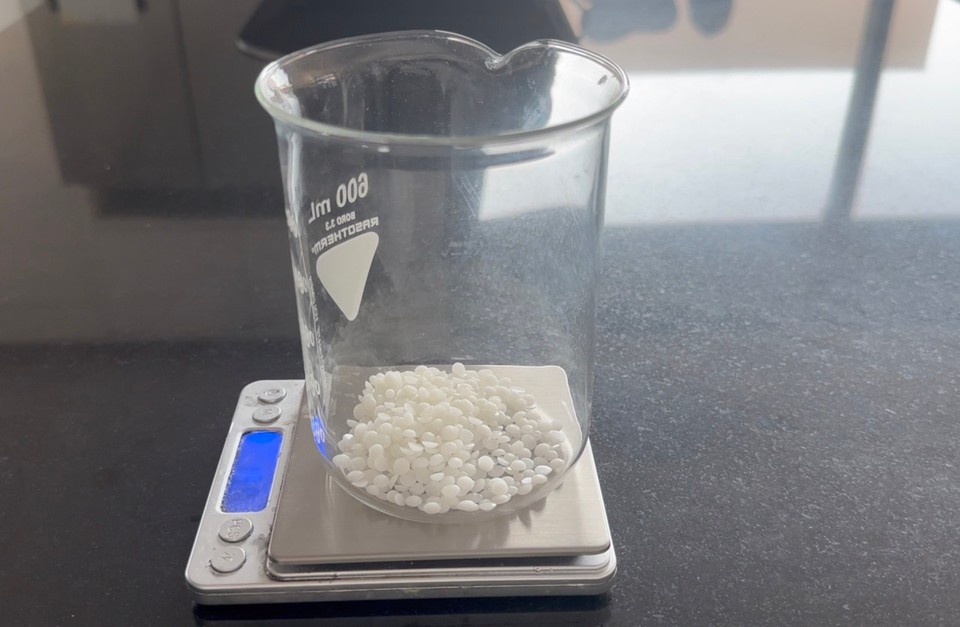

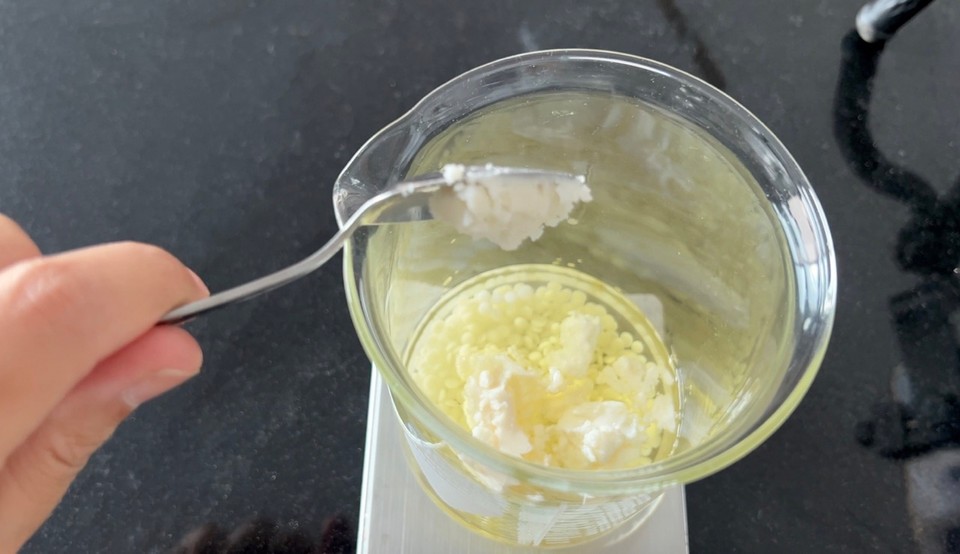

- Place the oil and water phases into a double boiler on medium heat to melt the oil phase.
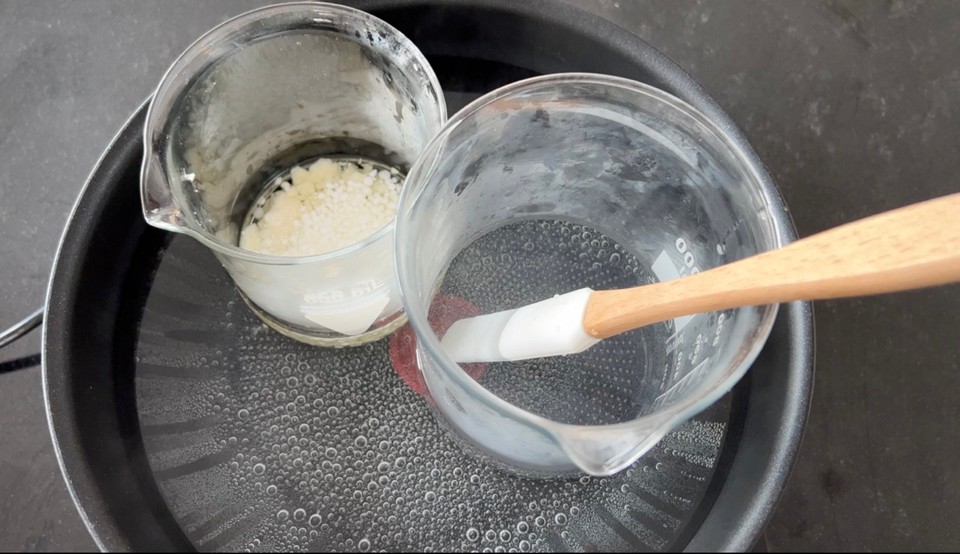
- Prepare phase C in a different container and set it aside.
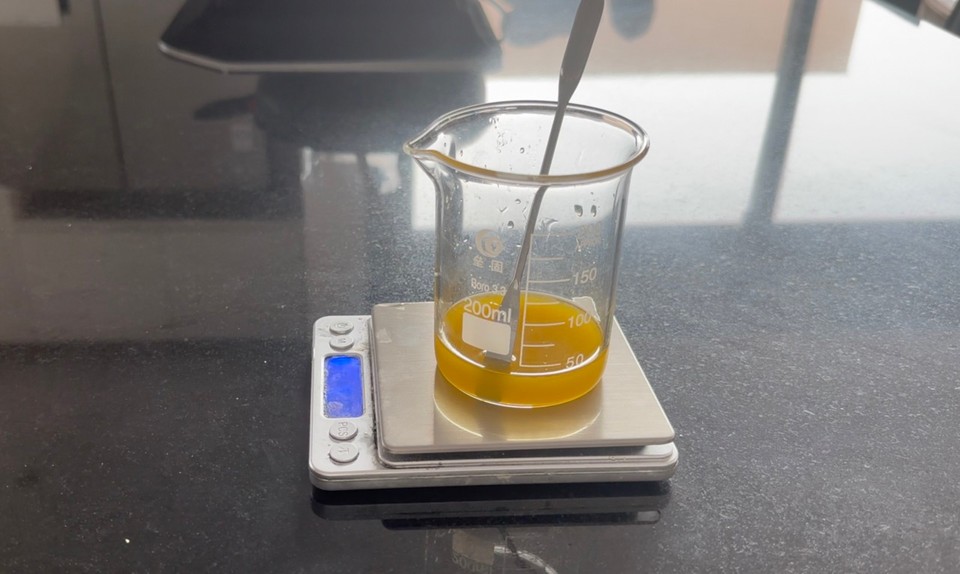
- Remove phases A and B from the heat. Combine phases A and B. Use a high-speed immersion blender for 3-4 minutes to combine a stable emulsion.
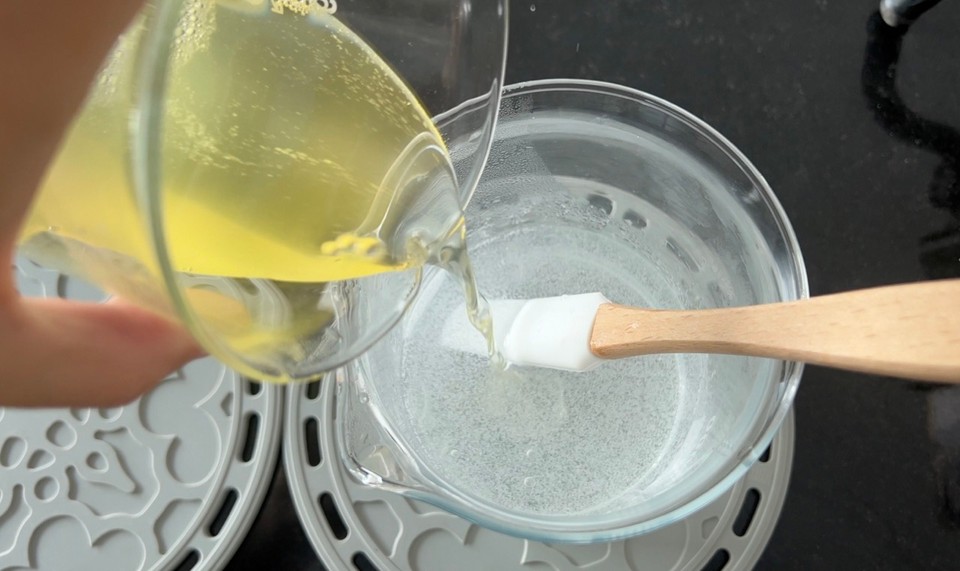
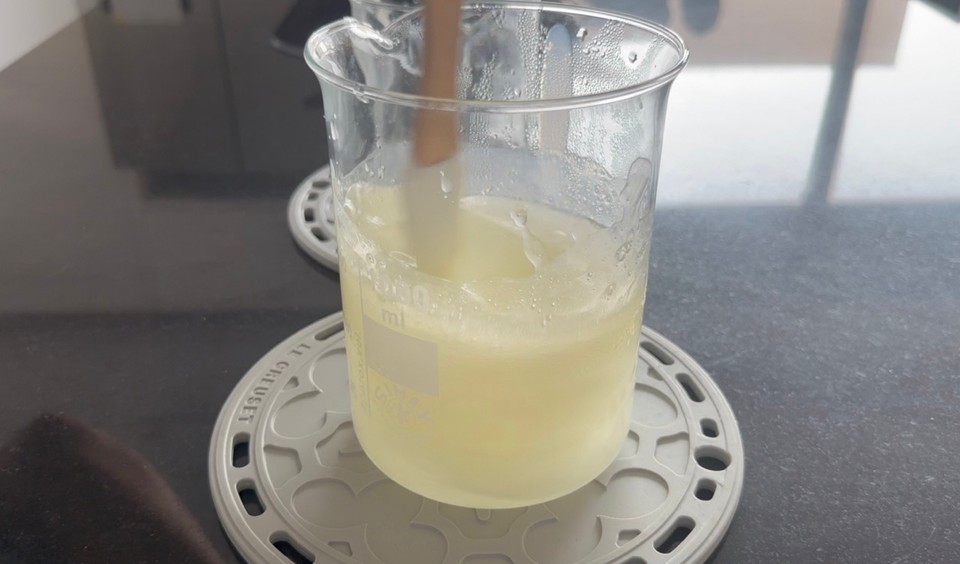

- Let the emulsion cool down to less than 40 degrees Celsius.
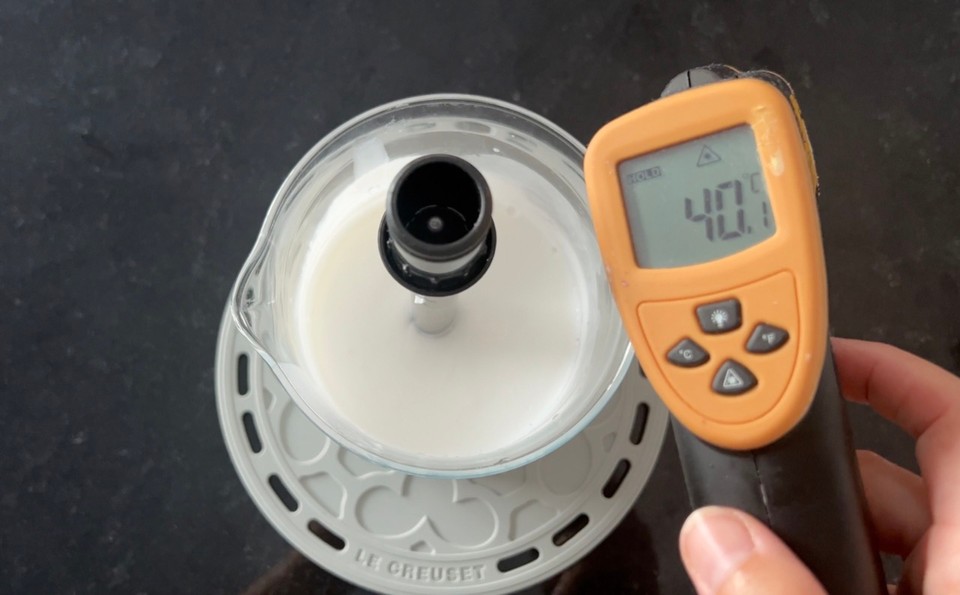
- Once the emulsion cooled down, add phase C and mix well to combine.
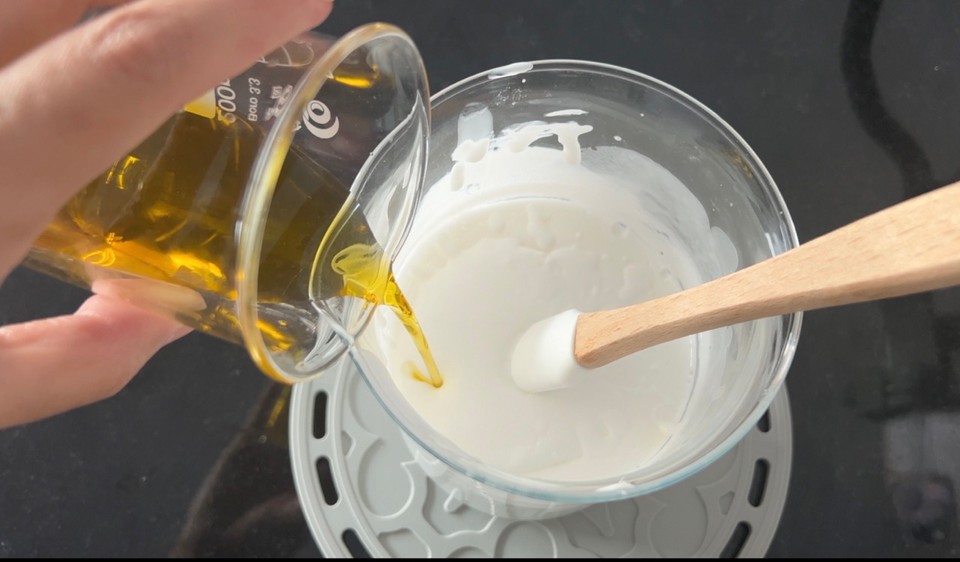
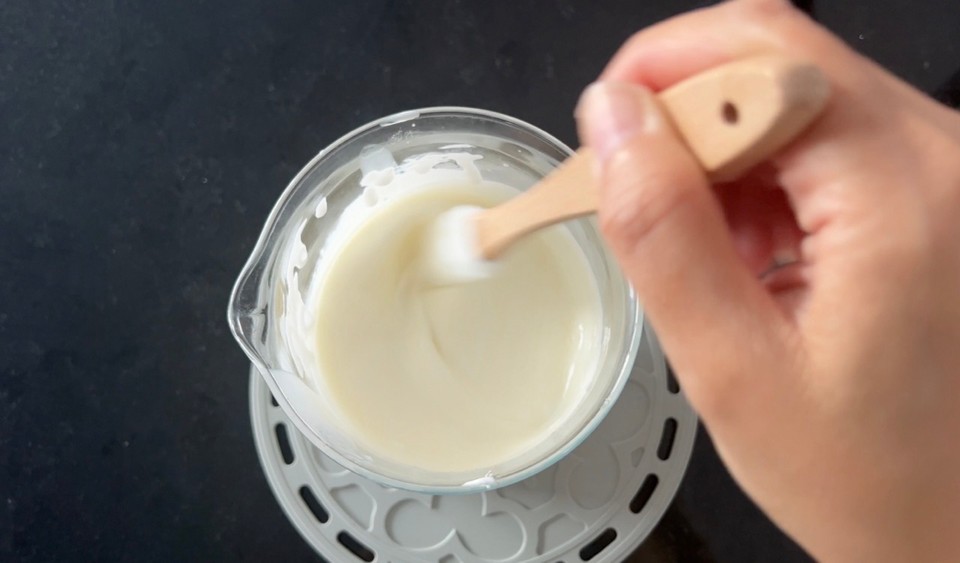
- Check PH level and adjust if necessary. To read more about PH adjustments in cosmetics, check this post.
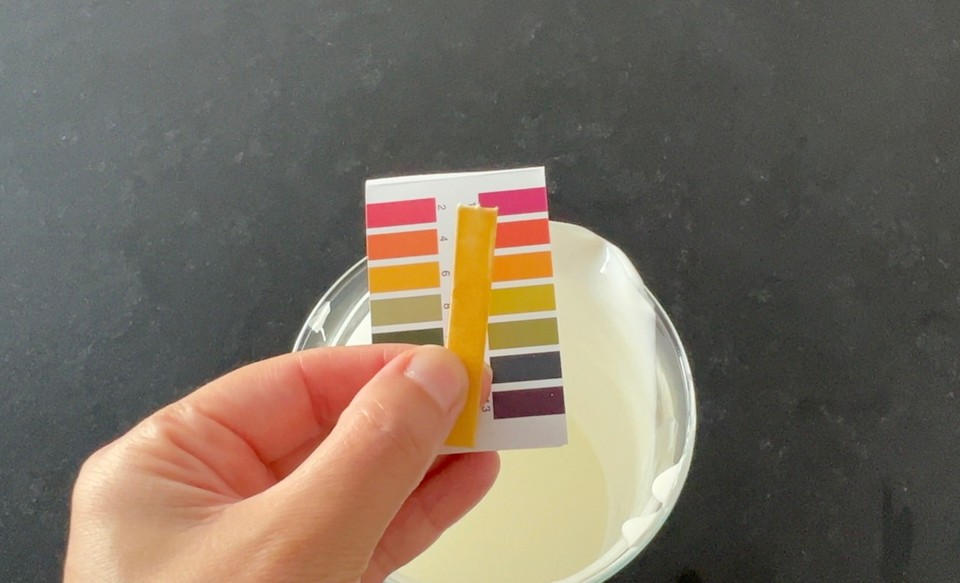
- Pour into the container of choice.
